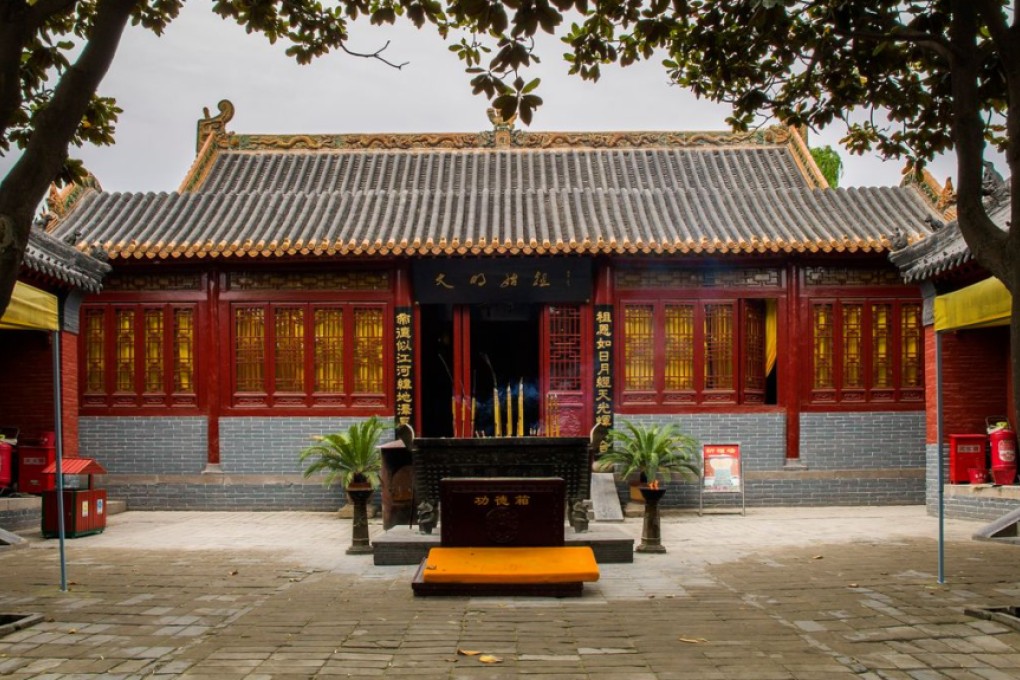Cradle of civilisation
The Yellow Emperor, Huangdi, is widely considered to be the ancestor of all Chinese people. The first mentions of the Yellow Emperor as an actual political figure rather than a mythical deity began a little more than 2,500 years ago, during the Warring States period. That period began with the crumbling of the Zhou Empire and concluded when the Qin Emperor unified China in 221BC.

The Yellow Emperor, Huangdi, is widely considered to be the ancestor of all Chinese people. The first mentions of the Yellow Emperor as an actual political figure rather than a mythical deity began a little more than 2,500 years ago, during the Warring States period. That period began with the crumbling of the Zhou Empire and concluded when the Qin Emperor unified China in 221BC.
The true nature of the Yellow Emperor is lost to history, but Chinese states since the Han dynasty credit him with a slew of inventions and gifts, including writing, astronomy, agriculture, certain weapons and building techniques, and various other discoveries that helped the primitive societies of long ago grow into the Chinese civilisation that has lasted to this day.
Xinzheng City, outside Zhengzhou, has built the Xuanyuan Temple and a museum dedicated to the Yellow Emperor, in honour of the time he spent at Xuanyuan Hill, to which he lent one of his names. The temple pays homage to the Yellow Emperor and his many achievements with massive vessels, inscriptions and steles detailing his story; his battles with the demon Chi You; his wives and their achievements. The landmark also describes the political and cultural legacies he left behind.
Xuanyuan Temple also has several ancient trees symbolising Chinese civilisation and people. Some of these trees are estimated to be at least 800 years old, and grow in "Chinese Surname Square", a plaza that symbolises and honours the people of China, the descendants of the Yellow Emperor. The word "surname" in Chinese is actually expressed as "Old One Hundred Names", referring to the mythical 100 first clans that made up civilisation today, all of whom are said to have sprung from the Yellow Emperor.
Statues of the Yellow Emperor and his two wives, Luozu and Momo, stand at the entrance to the temple, and are flanked by rows of pillars that lead to nine large cauldron-like vessels. The 24-tonne vessel representing the Yellow Emperor is said to be the largest in China, with a diameter of 4.7 metres, and a height of 6.99 metres.
Xuanyuan Temple holds an annual ceremony in which officials from all over the nation join visitors to celebrate the legend of the Yellow Emperor and enjoy festivities.